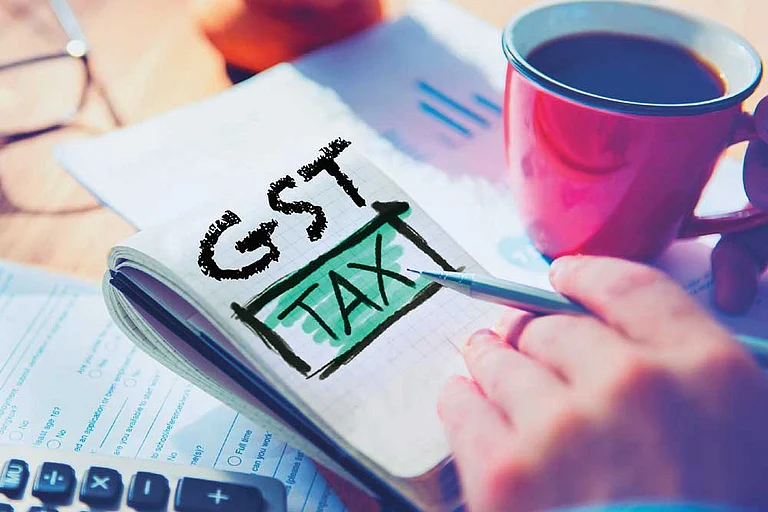Social media speculations have triggered concerns among Unified Payments Interface (UPI) users that the Government is planning to levy an 18 per cent Goods and Services Tax (GST) on transactions exceeding Rs 2,000.
GST On UPI For Transactions Over Rs 2,000? Here’s What The Govt Says
The government has maintained that UPI is a low-cost digital tool which aims to drive financial inclusion and reduce cash dependency
However, the Ministry of Finance has denied such claims in a clarification issued on April 18, 2025. The government is not planning to impose an 18 per cent GST on UPI transactions above Rs 2,000.
In an official release, the ministry stated, “The claims that the Government is considering levying GST on UPI transactions over Rs 2,000 are completely false, misleading, and without any basis.”
It has been clearly stated that the ministry has presented no such proposal to the government at the moment.
The Rumours
On Friday, some media reports claimed that digital transactions via UPI exceeding the threshold of Rs 2,000 could attract GST (when carried out in a single transaction). This move was reportedly intended to improve tax compliance and bring more digital transactions into the formal economy.
What did the Government say?
This confusion likely circulated because of a misunderstanding of how GST and digital payments actually work. Technically, GST is imposed on the charges associated with digital transactions, such as the Merchant Discount Rate (MDR), which is a fee that merchants pay to banks or payment providers.
However, as per an old CBDT notification, since January 2020, MDR has been removed on all person-to-merchant (P2M) UPI transactions. This means that if there’s no MDR, there is no GST.
The government has maintained that UPI is a low-cost, friction-free digital tool which aims to drive financial inclusion and reduce cash dependency.
To further support this commitment, the Centre is also running an incentive scheme from FY 2021-22. This scheme covers low-value P2M UPI transactions, reimbursing service providers for costs incurred and easing the financial burden on small merchants.
The scheme’s allocation shows an upward trend. As per the data shared by the Finance Ministry, these are the numbers of total incentive payouts under this scheme over the years:
Rs 1,389 crore in FY 2021-22
Rs 2,210 crore in FY 2022-23
Rs 3,631 crore in FY 2023-24
The data reflects a concerted push to keep UPI alive, growing, and free.
According to the ACI Worldwide 2024 report, India accounted for 49 per cent of all real-time digital transactions globally in 2023, and the value of UPI transactions surged to (approx) Rs 260.56 lakh crore by March 2025 from Rs 21.3 lakh crore in 2019-20.
Moreover, merchant transactions alone now account for Rs 59.3 lakh crore, showing just how deployed digital payments have penetrated even small businesses.
Buy Outlook Money March 2025 Magazine Issue on Amazon Here.


